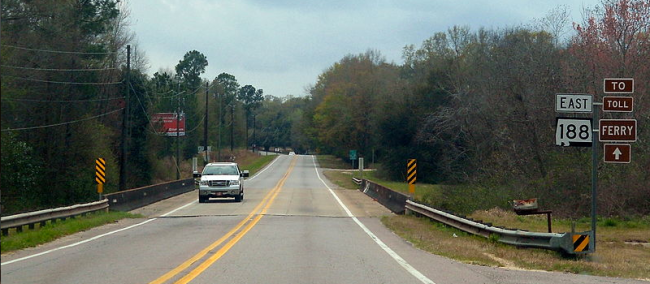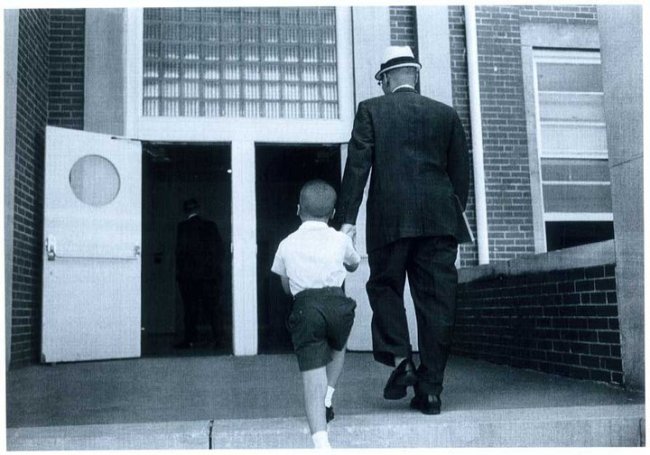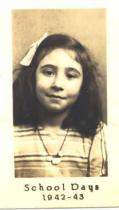
Photo via Wikimedia Commons.
I’m trying to revive a Southern tradition one finger at a time.
When I was a boy and two oncoming cars met each other on most roads, the drivers waved. Not usually a big wave. Maybe a hand off the steering wheel, or one or two fingers up while the palm stayed put, but you almost never passed a car without a wave of some kind.
Where I lived, this applied to city and country driving, and if you were in the country, you also turned your head and gave a heartier wave to people sitting on their front porches.
It happens fast, especially when you and the car you’re meeting are going 55 mph or faster. You have to look into the windshield of every oncoming car, have your hand on top of the steering wheel ready to go up, and respond before the car has passed you. If someone waves and you don’t get at least a finger up until you’ve already passed, it’s like a snub. Very bad form.
By the time I learned to drive, the waving ritual was on the wane. Yet it still was a somewhat regular occurrence even in my fairly progressive hometown of Huntsville, Ala. (common retort: As a matter of fact, I am a rocket scientist).
My first post-college job was in Scottsboro, Ala. (common retort: Please don’t bring up the Scottsboro Boys) and not only did you wave at every passing vehicle, four-way stops were negotiated by waves of mutual agreement. (This actually drove me nuts. Just follow the rules, people. We’ll get through a lot faster.) After leaving Scottsboro, waving happened less and less.
These days waving at passing cars rarely happens — probably less here in Chapel Hill, N.C., (common retort: Go Heels) where I meet more people from California and New York than from the South. I’m sure there are lots of other reasons for the decline: Ever-widening roads, the interstate system and higher speed limits come to mind. Native Southern drivers who might be inclined to wave here probably don’t, assuming every oncoming car is driven by a transplanted Yankee who wouldn’t know what to make of being waved at anyway.
A few years ago I decided to put my graduate education to use and do a quantitative study of road waving. At the time, I drove a Ford Explorer which was helpful because drivers of trucks and truck-like vehicles seem to be the last keepers of the waving ritual. Here’s how the study went:
Method: I drove in three Southern states: Alabama, Tennessee and Kentucky. On uninterrupted stretches of two-lane highway, I checked my odometer and waved at every oncoming car I passed for 10 miles in each state, documenting how many waves were returned.
Limitations: It’s possible I might have missed some waves that happened after our cars had passed. (Folks open to but not expecting a wave sometimes don’t have their hands in position and can’t get a wave off fast enough, try as they might. )
Results: A 12-15 percent response rate in each state. (The differences between states weren’t statistically significant.)
Breakdown:
• Of that 12-15 percent, about 80 percent of returned waves were from drivers of trucks of all kinds (pickups and semis).
• Seventy-five percent of waving drivers of trucks were white males and almost 25 percent were black males.
• Of the drivers of cars, the percentage of returned waves was about 20 percent.
• About 90 percent of car drivers who waved were men.
• The most common vehicles passed were cars driven by women, and very few women car drivers waved.
Anecdotal anomaly: I did get one wave from a black woman driving a pickup truck.
Clearly it’s going to be an uphill drive to bring this tradition back, but I’m going to give it a try. Just don’t wave at me at a four-way stop. You may get another finger for that.



